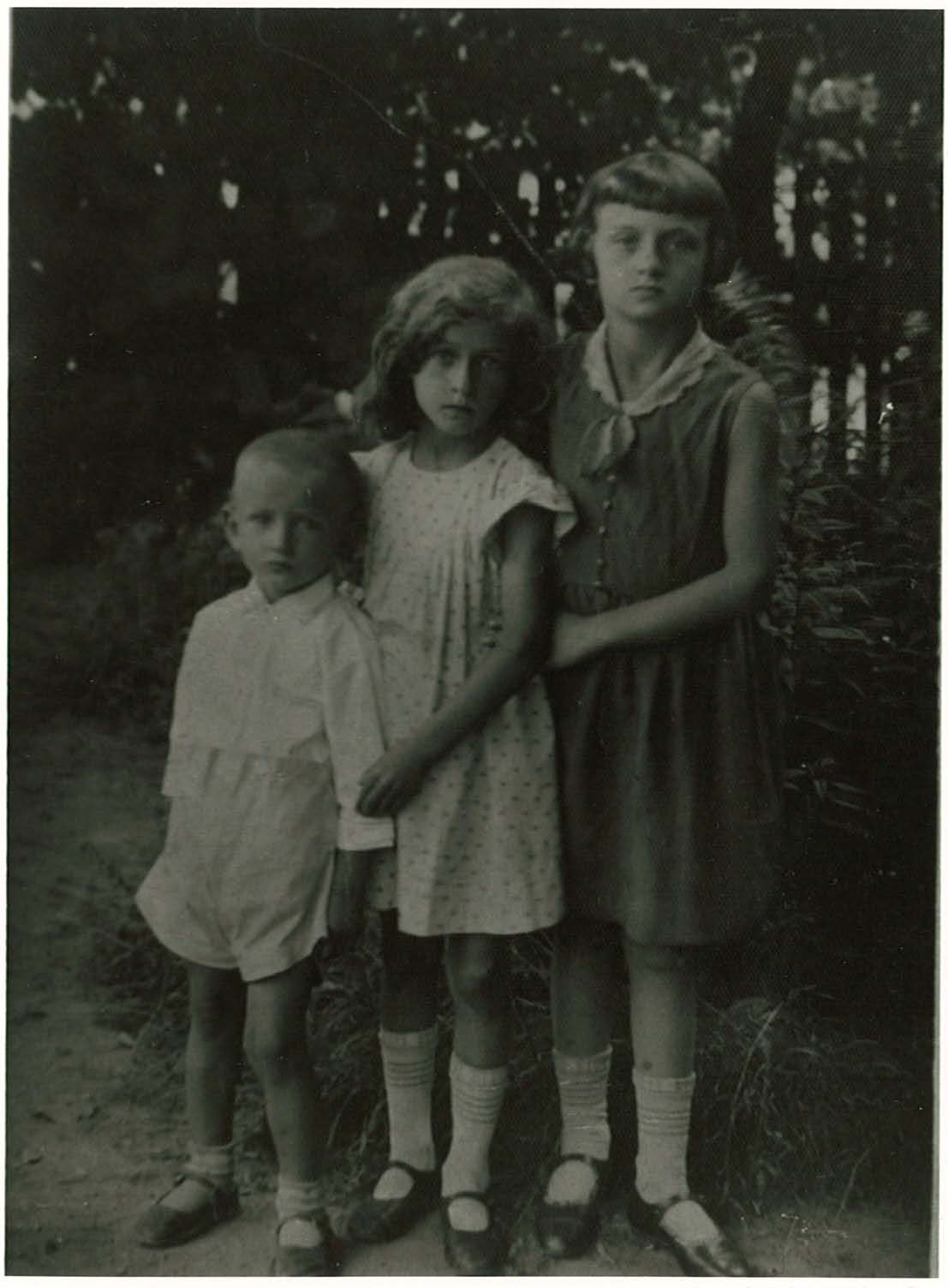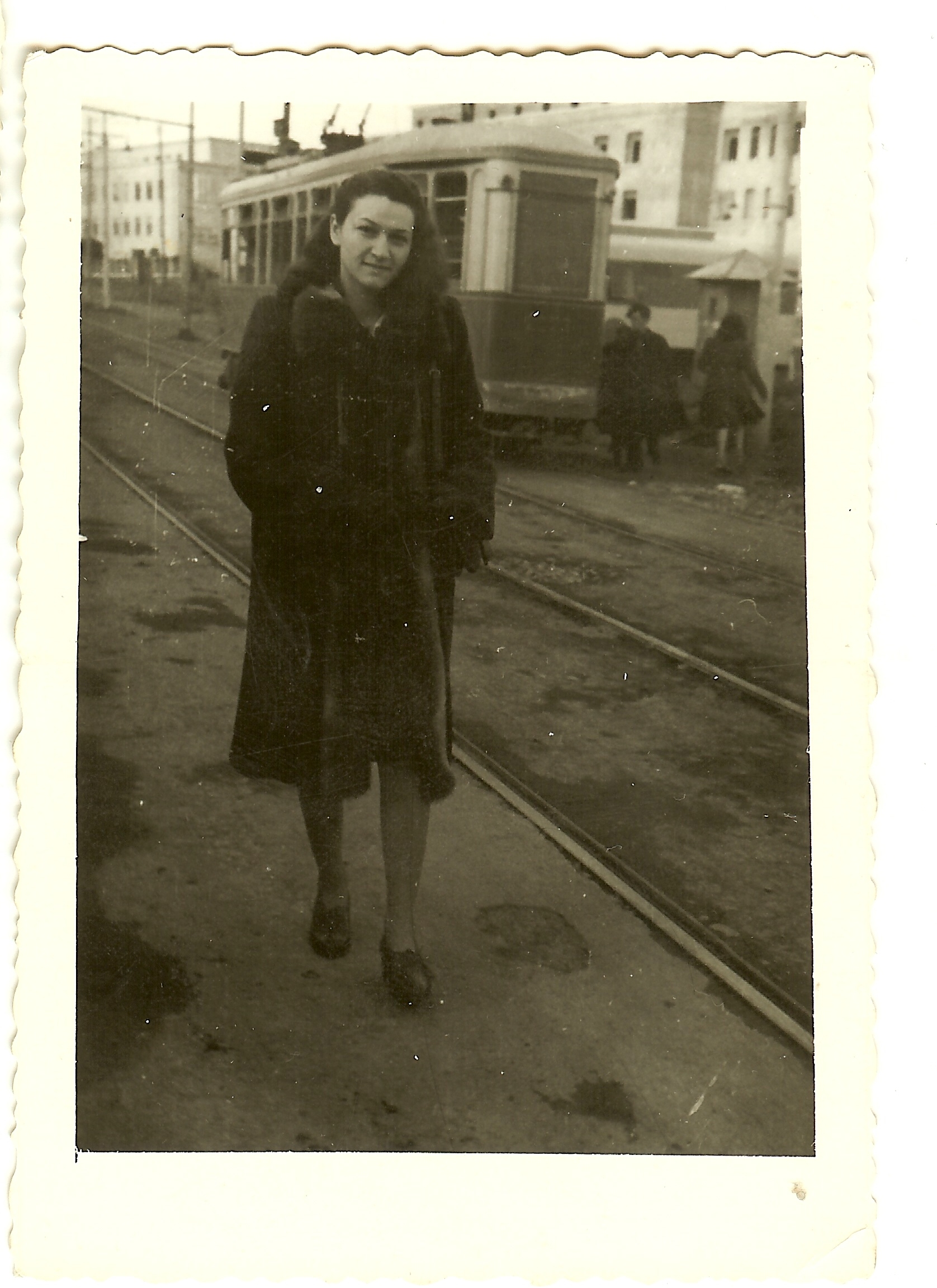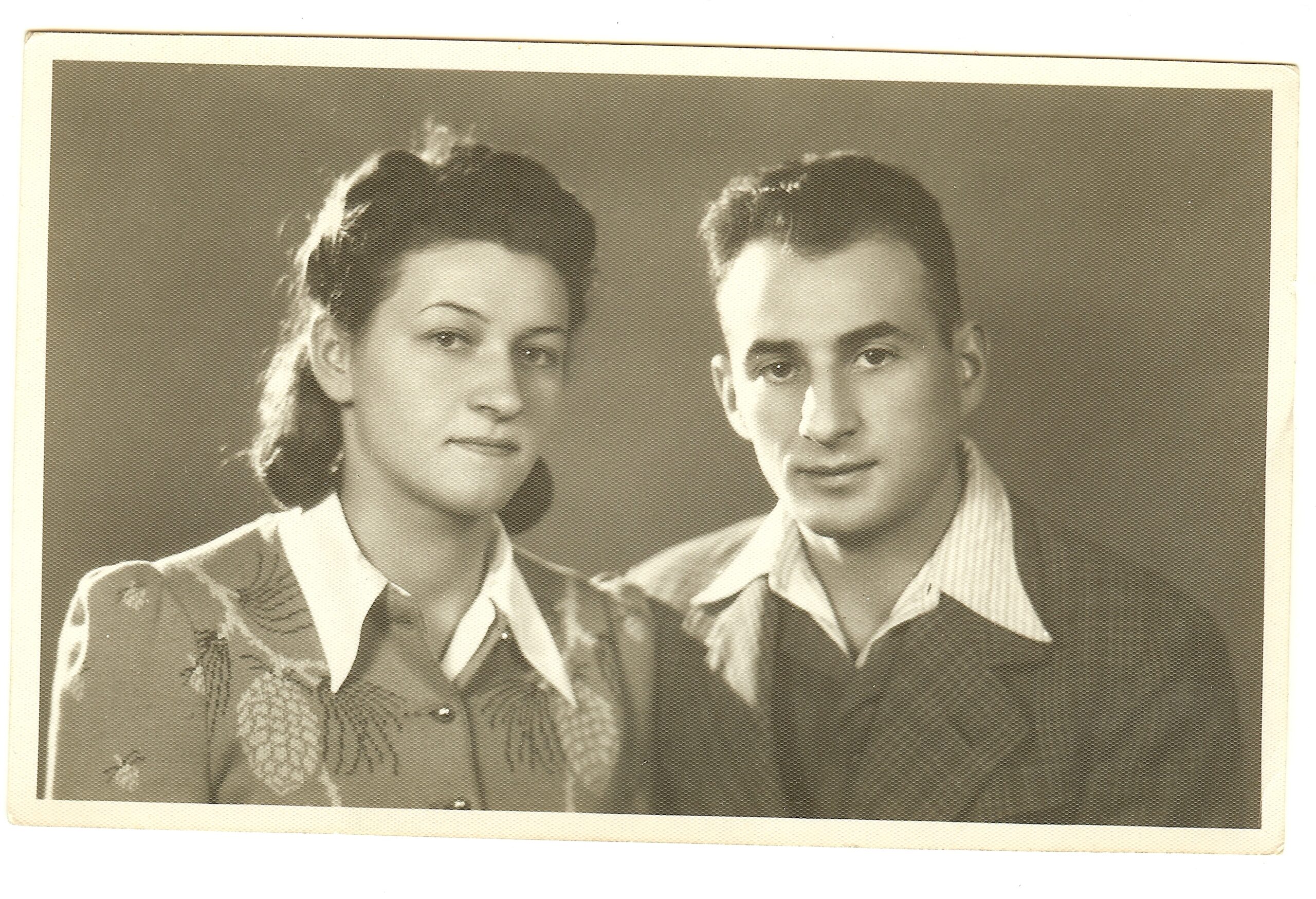Survivor Profiles: Lisa Derman
I do what I can do as a survivor to see that this never happens to any people on earth. I feel that only by education, and only by perpetuating what we experienced, and what we know, we leave a legacy for future generations to come.
Lisa Derman
Her Story:
Lisa (nee Nussbaum) was born in 1926, in Raczki, Poland, a small town with a tiny Jewish community in eastern Prussia, close to the German border. Lisa’s parents, Herschel and Gitel Nussbaum, had three children: Pola, Lisa, and Bóżek. Lisa’s father was a successful exporter of geese and lumber, and her mother ran a large fabric store.
When Hitler came to power in 1933, Lisa’s father was forced to close his business. After Poland’s surrender to the German military in September 1939, Raczki was incorporated into the German occupation zone. Sensing the grave danger they were in, the family moved to Augustów, located in the Russian occupation zone, and from there continued to Słonim, then still a vibrant Jewish town. In 1941, the Germans occupied Słonim. Lisa’s family moved several times until finally finding a place within the ghetto.
On November 14, 1941, Ukrainian and Latvian auxiliary forces marched into the ghetto. Their task was to kill all 20,000 inhabitants in the nearby forest. Lisa’s mother sent her two girls outside of the ghetto to seek refuge, but they were cast away wherever they sought help. Unaware of what was taking place in the forest, they sought shelter between the trees. There, they witnessed the horror scenes of the massacre first-hand. They escaped, eventually finding help with a local Polish woman who hid them inside a couch in her home. When the massacre ended, the sisters returned to the ghetto to find their mother and aunt have been murdered. Their father and brother survived in hiding.
In late 1941, Lisa met her future husband, Aron, in the ghetto. What began as a friendship quickly blossomed into a love story. On the final days of the ghetto, during the liquidation actions, Lisa and her family went into hiding. They watched the ghetto burn from their hiding place. In the commotion, they lost touch with Pola. They later learned she was shot while trying to escape deportation.
When the action was over, Aron found Lisa and her family. He had been working in clearing out valuables from the ghetto. Lisa pretended to be a male salve laborer and escaped with Aron outside the ghetto. The remaining Jews of Słonim, a mere 800 people out of a community of 20,000, were put to slave labor. With nowhere else to go, Lisa and Aron returned to the ghetto and joined them.
The Nussbaums paid a man to smuggle them out to safety. He took them to Grodno, where the local ghetto was not yet liquidated. There, the family was joined by Aron, who began working as a slave laborer. He soon established contact with a Pole by the name of Tomasz Soroka, who offered to provide them with safe passage to Vilnius, free of charge. With the help of Soroka, then only twenty years old, they illegally boarded cargo trains destined for Vilnius, riding on their rooftop in the blistering cold of November. Soroka helped eight people in total to escape in this way.
Their arrival in Vilnius did not secure their safety. Based on their experience in Słonim and Grodno, they knew the danger they were in. Filled with the desire the avenge the death of their loved ones, Aron and Lisa decided to join the partisan resistance. Lisa was only sixteen. After successfully establishing connection with the underground, Lisa and Aron left the Vilnius ghetto as part of a group of 28 Jews. They joined other partisans in the nearby forests of Rudniknaki and Naroch, located 180 kilometers from the ghetto. There, Lisa and Aron participated in military efforts against the retreating German forces. They lost many of their friends.
In the summer of 1944, Lisa and Aron were liberated by the advancing Russian forces. They made their way to the Western Occupation Zone, and from there to Florence. They married in 1947 in a synagogue in Rome. They then immigrated to the United States under the 1947 Refugee Act, eventually settling in Chicago. They had three sons and eight grandchildren.
In the early 1980s, Lisa and Aron joined the Illinois Holocaust Memorial Foundation, an organization whose main goal was to document Survivor stories, disseminate these stories to the public, and educate against racism, violence, and genocide. They were among its first members. Lisa was also involved in the founding and programing of the first museum on Main Street as the first head of the Speakers Bureau. In the late 1980s, Lisa spearheaded survivors’ efforts to create the Illinois Mandate on Holocaust Education, which necessitated schools throughout Illinois to teach school students about the Holocaust. At Springfield, Lisa made a passionate speech which deeply impressed governor Thompson. He became a great supporter of the Mandate.
Lisa and Aron helped secure the first million dollars which funded the current Museum building, inaugurated in 2007. Lisa succeeded Erna Gans as the second president of the Illinois Holocaust Memorial Foundation and served as its president between 1999-2002.
An avid storyteller deeply committed to Holocaust education and commemoration, Lisa never stopped sharing her remarkable story. She passed away while telling her story at the Illinois Storytelling Festival. Her final words were, “Please remember this story and tell it to others because I don’t know how long I will be here.”
Learn More:
Life after the Holocaust: Aron and Lisa Derman Oral history interview with Lisa Nussbaum Derman Tomasz 'Tadek' Soroka's page at the Righteous Among the Nation Database, Yad Vashem
Lisa (middle) Derman and her two siblings, Robert (left) and Pola (right). Photograph taken before the war.
View this artifact >>

Lisa Derman in Italy after the war, around 1945.
View this artifact >>

Lisa and Aron Derman in Italy, circa 1946.
View this artifact >>
